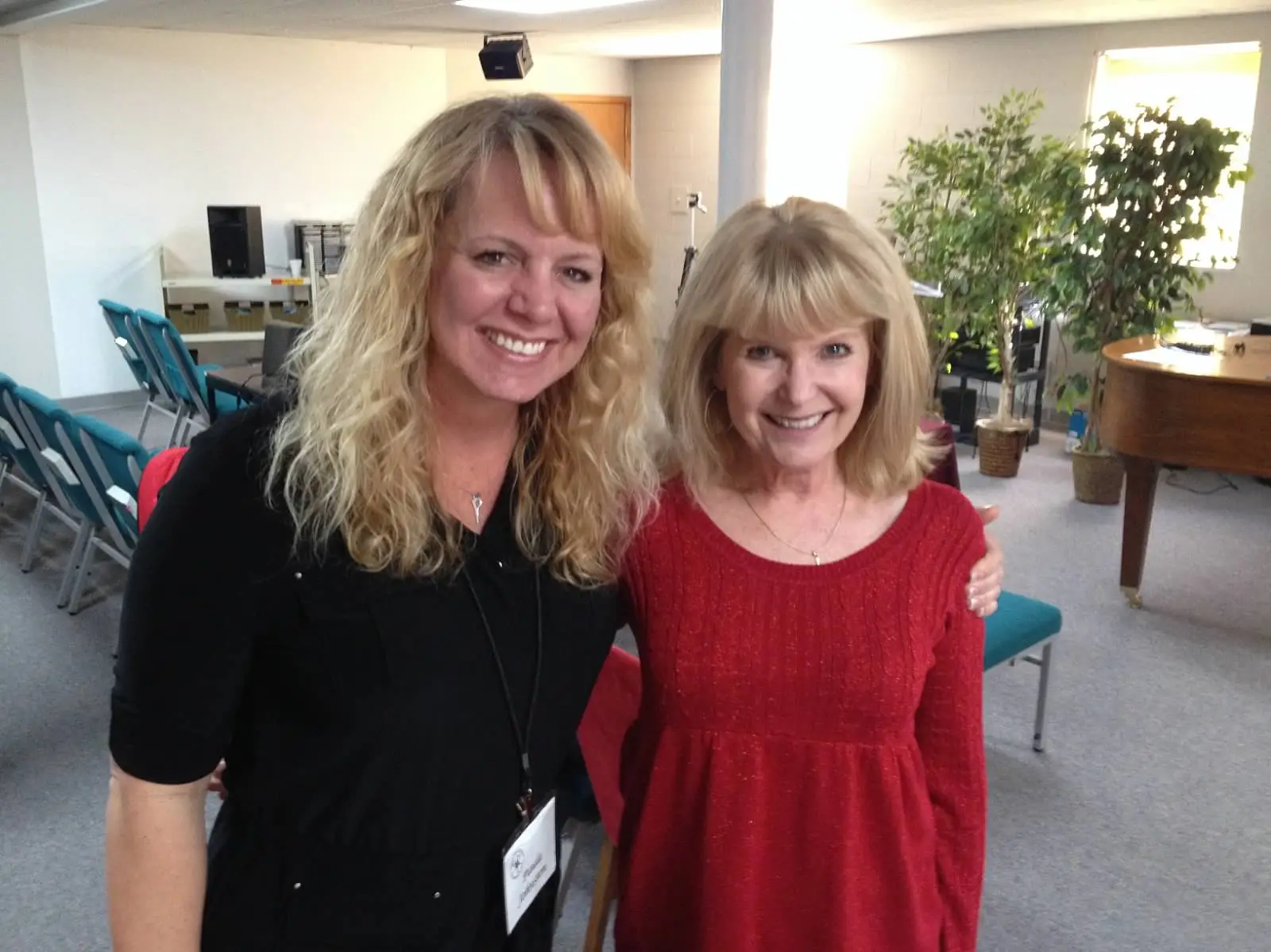The Workshop
The Workshop puts into practice the knowledge gained at the Exchanged Life Conference. This module uses lectures, demonstration, and “hands on” training for Christ-centered counseling/discipleship. This module is the second of three required for certification in Exchanged Life Counseling. Participants learn about how to determine a counseling model, components of Exchanged Life Counseling, and the overall context of discipling and people-helping. Practical instruction is given on how to begin a session, how to distinguish “presenting problem(s)” from the root problem(s), how to structure the counseling sessions, how to take a social/ spiritual history, and how to guide the counselee to know Christ as Savior, Lord, and Life. The Workshop notebook is packed with diagrams that are used in the personal ministry process. The four days include teaching, training, demonstrations, and one-to-one practice sessions. The event is enriched by worship, fellowship, and testimonies. Check out the date of the next Workshop at the Events Calendar here.





Tuition of $350 pp; $475 per couple includes a notebook, lunch on Monday, Tuesday and Wednesday, and refreshments. Registration with full payment or $100 deposit is due prior to the event. Alumni can return for a refresher @ half price. Prerequisites: GFI Exchanged Life Conference (online videos or DVD). Highly recommended: read Dr. Charles Solomon’s books: Handbook to Happiness, The Ins and Out of Rejection, and Handbook for Christ-Centered Counseling (available from online bookstore or GFI office). A certificate is given to those who complete the Workshop. To register, contact GFI; call 1-865-429-0450. You can use the online registration on the Events calendar page. If you register for the Workshop and Online Lecture Series at the same time, the Exchanged Life Conference online videos are free free. (Call for this discount.)
Students may inquire about attending the Workshop for practicum credit at Luther Rice University (www.LutherRice.edu).
Event location: First Baptist Church of Pigeon Forge, 3290 Parkway Pigeon Forge, TN 37863. www.fbcpf.org Phone. 865-453-4647
Comments from participants:
[I benefited most from:]

